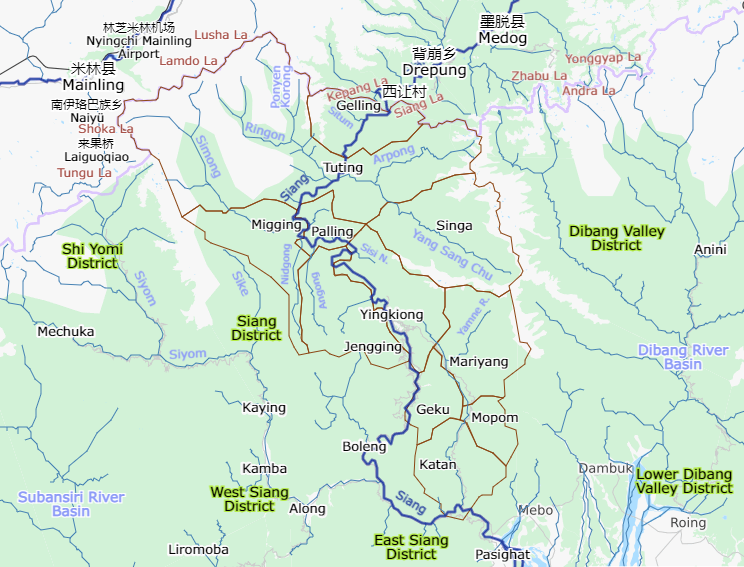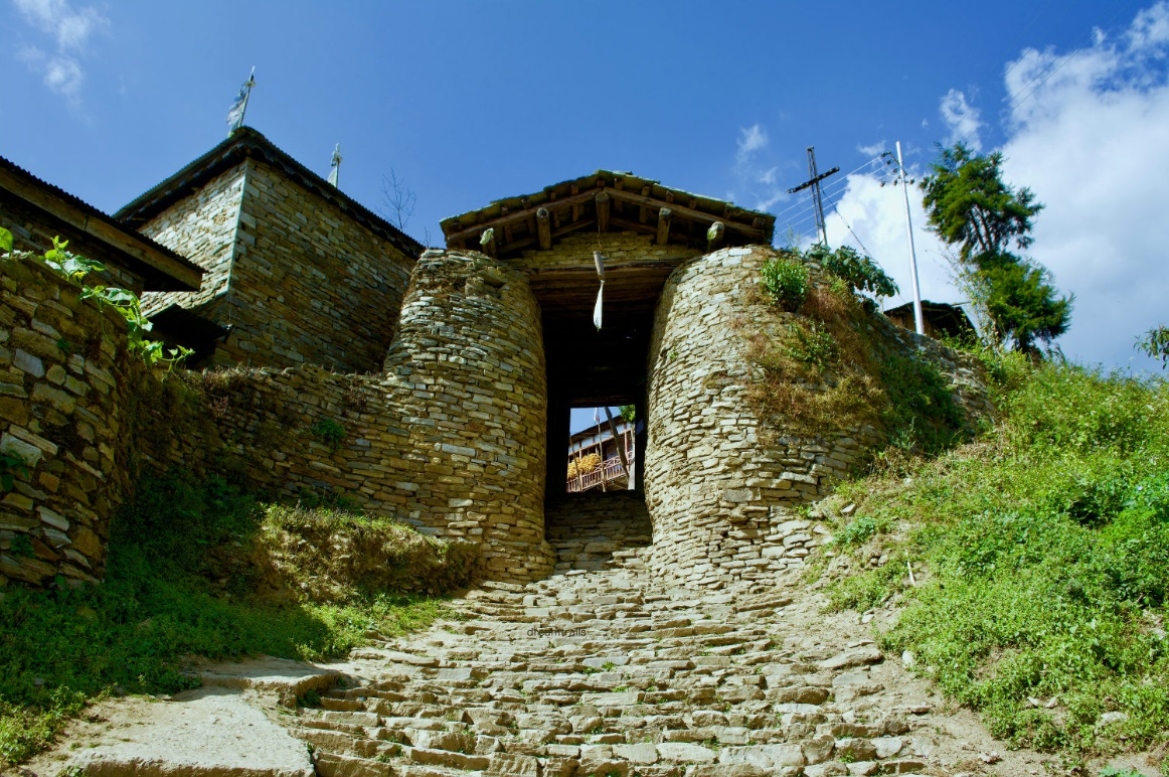|
Bori People
The Bori are an indigenous tribe of the Adi people living in the districts of East Siang, Upper Siang, Siang and West Siang in the Indian state of Arunachal Pradesh Arunachal Pradesh (; ) is a States and union territories of India, state in northeast India. It was formed from the North-East Frontier Agency (NEFA) region, and India declared it as a state on 20 February 1987. Itanagar is its capital and la .... References Bibliography * Danggen, Bani. (2003). ''The kebang: A unique indigenous political institution of the Adis''. Delhi: Himalayan Publishers. * Danggen, Bani. (2003). ''A book of conversation: A help book for English to Adi conversation''. Itanagar: Himalayan Publishers. . * Mibang, Tamo; & Chaudhuri, S. K. (Eds.) (2004). ''Folk culture and oral literature from north-east India''. New Delhi: Mittal. . * Nyori, Tai (1993). History and Culture of the Adis, Omsons Publications, New Delhi-110 027. * Lego, N. N. (1992). ''British relations with the Adis, ... [...More Info...] [...Related Items...] OR: [Wikipedia] [Google] [Baidu] |
Indigenous Peoples
There is no generally accepted definition of Indigenous peoples, although in the 21st century the focus has been on self-identification, cultural difference from other groups in a state, a special relationship with their traditional territory, and an experience of subjugation and discrimination under a dominant cultural model. Estimates of the population of Indigenous peoples range from 250 million to 600 million. There are some 5,000 distinct Indigenous peoples spread across every inhabited climate zone and inhabited continent of the world. Most Indigenous peoples are in a minority in the state or traditional territory they inhabit and have experienced domination by other groups, especially non-Indigenous peoples. Although many Indigenous peoples have experienced colonization by settlers from European nations, Indigenous identity is not determined by Western colonization. The rights of Indigenous peoples are outlined in national legislation, treaties and international law ... [...More Info...] [...Related Items...] OR: [Wikipedia] [Google] [Baidu] |
Adi People
The Adi people are one of the most populous groups of indigenous peoples in the Indian state of Arunachal Pradesh. A few thousand are also found in the Tibet Autonomous Region, where they are called the Lhoba together with some of the Nyishi people, Na people, Mishmi people and Tagin people. They live in a region of the Himalayas, Southern Himalayas which falls within the Indian state of Arunachal Pradesh and the Mainling County, Mainling, Lhünzê County, Lhunze, Zayü County, Zayu, Mêdog County, Medog, and Nyingchi counties in the Tibet Autonomous Region, China. The present habitat of the Adi people is heavily influenced by the historic location of the ancient Lhoyu. They are found in the temperate and sub-tropical regions within the districts of Siang district, Siang, East Siang, Upper Siang, Lower Dibang Valley, Shi Yomi,Namsai district, Namsai within Arunachal Pradesh. The term "Adi" however, is not to be confused with the Lhoba people, since the Lhoba also includes the Mishm ... [...More Info...] [...Related Items...] OR: [Wikipedia] [Google] [Baidu] |
Upper Siang
Upper Siang (Pron:/ˈsjæŋ or ˈsɪæŋ/) is an administrative district in the state of Arunachal Pradesh in India. It is the fourth least populous district in the country (out of 640). History The majority of the people are of the Adi tribe while the Memba, Khamba tribe also exists there. Part of the area was controlled by the Tibetan Kingdom of Powo when streams of Tibetan pilgrims searching for one of the 'hidden lands' or beyul () referred to in the prophecies of Guru Rinpoche in the East Himalayas from the mid-seventeenth century came south over the Doshong La pass, to seek the particular location of one of these earthly paradises called Padma bkod (written variously Pema köd, Pemakö and Pemako), literally 'Lotus Array' in the region. The region became administered by British India with the Simla Accord of 1914 and the demarcation of the McMahon Line, though China considers it part of South Tibet. The district was formed in 1999 when it was split from East Siang ... [...More Info...] [...Related Items...] OR: [Wikipedia] [Google] [Baidu] |
Siang District
Siang District is the 21st district of Arunachal Pradesh State, India. This district was created in 2015 by carving it out of the West Siang and East Siang districts of Arunachal Pradesh. The regions included in the district were the legislative assembly constituencies, 32-Rumgong and 35-Pangin. The district is predominantly inhabited by the Adi people of Arunachal Pradesh. Name The Siang district is named after the River Siang (Yarlung Tsangpo, often identified with Brahmaputra) which flows through this district. Four other districts in Arunachal Pradesh are also named after the river: West Siang, East Siang, Upper Siang and Lower Siang. The word siang is surmised to have originated from the Angsi glacier on the northern side of the Himalayas in Burang County of Tibet, where the Yarlung Tsangpo originates. Location Geographically, Siang District is located almost in the centre of the Siang belt of Arunachal Pradesh. Boleng is about 100 km from Pasighat, 45&n ... [...More Info...] [...Related Items...] OR: [Wikipedia] [Google] [Baidu] |
West Siang
West Siang district (Pron:/ˈsjæŋ or ˈsɪæŋ/) is an administrative district in the state of Arunachal Pradesh in India. History In 1989, territory was given from West Siang to the East Siang district. Since 1999, this territory has been in the new Upper Siang district. Archaeological finds from Malinithan in West Siang are on display at the Jawaharlal Nehru Museum, Itanagar. It was once a part of the Chutiya kingdom. West Siang was divided into Upper Siang and Lower Siang. West Siang district was bifurcated on 9 December 2018 when northern areas along China border were made a separate Shi Yomi district. Geography The district headquarters is located at Aalo. West Siang district occupies an area of , comparatively equivalent to Crete. Transport The proposed Mago- Thingbu to Vijaynagar Arunachal Pradesh Frontier Highway along the McMahon Line will intersect with the proposed East-West Industrial Corridor Highway and will pass through this district, alignment map of ... [...More Info...] [...Related Items...] OR: [Wikipedia] [Google] [Baidu] |
India
India, officially the Republic of India, is a country in South Asia. It is the List of countries and dependencies by area, seventh-largest country by area; the List of countries by population (United Nations), most populous country since 2023; and, since its independence in 1947, the world's most populous democracy. Bounded by the Indian Ocean on the south, the Arabian Sea on the southwest, and the Bay of Bengal on the southeast, it shares land borders with Pakistan to the west; China, Nepal, and Bhutan to the north; and Bangladesh and Myanmar to the east. In the Indian Ocean, India is near Sri Lanka and the Maldives; its Andaman and Nicobar Islands share a maritime border with Thailand, Myanmar, and Indonesia. Modern humans arrived on the Indian subcontinent from Africa no later than 55,000 years ago., "Y-Chromosome and Mt-DNA data support the colonization of South Asia by modern humans originating in Africa. ... Coalescence dates for most non-European populations averag ... [...More Info...] [...Related Items...] OR: [Wikipedia] [Google] [Baidu] |
Arunachal Pradesh
Arunachal Pradesh (; ) is a States and union territories of India, state in northeast India. It was formed from the North-East Frontier Agency (NEFA) region, and India declared it as a state on 20 February 1987. Itanagar is its capital and largest town. It borders the Indian states of Assam and Nagaland to the south. It shares Borders of India, international borders with Bhutan in the west, Myanmar in the east, and a disputed 1,129 km border with China's Tibet Autonomous Region in the north at the McMahon Line. Arunachal Pradesh is claimed in its entirety by China as South Tibet as part of the Tibet Autonomous Region; China Sino-Indian War, occupied some regions of Arunachal Pradesh in 1962 but later withdrew its forces. As of the 2011 Census of India, Arunachal Pradesh has a population of 1,383,727 and an area of . With only 17 inhabitants per square kilometre, it is the least densely populated state of India. It is an ethnically diverse state, with predominantly Monpa p ... [...More Info...] [...Related Items...] OR: [Wikipedia] [Google] [Baidu] |
Tribes Of Arunachal Pradesh
The Indian state of Arunachal Pradesh has a total population of roughly 1.4 million (as of 2011) on an area of 84,000 km2, amounting to a population density of about 17 km2 (far below the Indian average of 370 km2 but significantly higher than similarly mountainous Ladakh). The "indigenous groups" account for about two thirds of population, while immigrants, mostly of Bengali/Hindi belt origin, account for the remaining third. Arunachal Pradesh is one of the states that have many important tribes List of tribes The ''Scheduled Castes and Scheduled Tribes Lists (Modification) Order'' (1956 and as inserted by Act 69 of 1986) lists twelve tribes of Arunachal Pradesh explicitly, but makes explicit that the list is non-exhaustive by noting that "all tribes of the State, including" those listed are to be considered "Scheduled". There are 26 major tribes and more than 100 sub tribes in Arunachal Pradesh. The twelve tribes listed are: Adi (Abor), Aka (Hruso), Apatani, Nyishi, ... [...More Info...] [...Related Items...] OR: [Wikipedia] [Google] [Baidu] |
Scheduled Tribes Of India
A schedule (, ) or a timetable, as a basic time-management tool, consists of a list of times at which possible tasks, events, or actions are intended to take place, or of a sequence of events in the chronological order in which such things are intended to take place. The process of creating a schedule — deciding how to order these tasks and how to commit resources between the variety of possible tasks — is called scheduling,Ofer Zwikael, John Smyrk, ''Project Management for the Creation of Organisational Value'' (2011), p. 196: "The process is called scheduling, the output from which is a timetable of some form". and a person responsible for making a particular schedule may be called a scheduler. Making and following schedules is an ancient human activity. Some scenarios associate this kind of planning with learning life skills. Schedules are necessary, or at least useful, in situations where individuals need to know what time they must be at a specific location to rece ... [...More Info...] [...Related Items...] OR: [Wikipedia] [Google] [Baidu] |




